Introduction to Chemical Injection
The Significance of Chemical Injection in Oil and Gas Operations
Chemical injection plays a crucial role in oil and gas operations. It enhances production efficiency and prolongs equipment life. Additionally, it helps prevent corrosion, reduce scaling, and manage the emulsion of oil and water.
Overview of Chemical Injection Processes
Chemical injection processes involve precise dosing systems. Operators inject chemicals directly into wells and pipelines. This method ensures optimal performance and protects infrastructure. Furthermore, these processes vary significantly, tailored to specific field requirements and operational challenges. Each approach focuses on maximizing recovery and minimizing operational costs.
Parameters of Chemical Injection
| Name | Pipeline Chemical Injection Quill Sampling System |
| Material | Stainless Steel 304、Stainless Steel 316、DSS F51、Carbon Steel A105N、Inconel 625 |
| Operating Temperature | -20±120 |
| Feature | 1. Easy Operating |
| 2. Long Life and High Accuracy | |
| 3. High Efficiency, Low cost | |
| Payment | TT/LC |
| Advantage | Firstly, they are lightweight and flexible. |
| Secondly, nice Injection efficiency. | |
| At last, accurate location tracking. |
Selection Model
| Model | ||||||||||||||||||||||||||||
| SI | Chemical Injector Quill | |||||||||||||||||||||||||||
| -Code | Plug | |||||||||||||||||||||||||||
| Pxxx | Type | Material | Sealing Material | |||||||||||||||||||||||||
| 0 | No Request | 0 | CS | 0 | No Request | |||||||||||||||||||||||
| 1 | Hollow Plug Body | 1 | 316SS | 3 | DSS | 1 | Viton O-Ring / PTFE Primary Packing | |||||||||||||||||||||
| 2 | Solid Plug Body | 2 | 316LSS | 4 | INCONEL | 2 | HNBR | |||||||||||||||||||||
| – Code | Injection Nut | |||||||||||||||||||||||||||
| Nxx | Connection Size | Material | ||||||||||||||||||||||||||
| 0 | i.e. No Request | 0 | i.e. CS | |||||||||||||||||||||||||
| 1 | i.e. 1/4″ | 1 | i.e. 316SS | 3 | i.e. DSS | |||||||||||||||||||||||
| 2 | i.e. 1/2″ | 2 | i.e. 316LSS | 4 | i.e. INCONEL | |||||||||||||||||||||||
| – Code | Injection Tube | |||||||||||||||||||||||||||
| Sxxx-Lx″ | Connection Size | Material | Nozzle | Line size(x″) | ||||||||||||||||||||||||
| 0 | No Request | 0 | CS | 0 | i.e. No Request | The most effective position for injection is generally at the center of the pipe | ||||||||||||||||||||||
| 1 | i.e. 1/4″ | 1 | i.e. 316SS | 1 | i.e. Open | |||||||||||||||||||||||
| 2 | i.e. 1/2″ | 2 | i.e. 316LSS | 2 | i.e. Quill | |||||||||||||||||||||||
| 3 | i.e. DSS | 3 | i.e. Cap & Core | |||||||||||||||||||||||||
| 4 | i.e. INCONEL | |||||||||||||||||||||||||||
| – Code | Nipple and Valve(or end Flange)of Tee | |||||||||||||||||||||||||||
| Txx | Connection Size | Material | ||||||||||||||||||||||||||
| 0 | i.e. No Request | 0 | i.e. CS | |||||||||||||||||||||||||
| 1 | i.e. 1/4″Nipple | a | i.e. 1/4″Nipple and Valve | 1 | i.e. 316SS | |||||||||||||||||||||||
| 2 | i.e. 1/2″Nipple | b | i.e. 1/2″Nipple and Valve | 2 | i.e. 316LSS | |||||||||||||||||||||||
| 3 | i.e. 3/4″Nipple | c | i.e. 3/4″Nipple and Valve | 3 | i.e. D SS | |||||||||||||||||||||||
| 4 | i.e. 1″Nipple | d | i.e. 1″Nipple and Valve | 4 | i.e. INCONEL | |||||||||||||||||||||||
| 5 | i.e. 1/4″Flange | e | i.e. 1/4″Nipple end Flange | |||||||||||||||||||||||||
| 6 | i.e. 1/2″Flange | f | i.e. 1/2″Nipple end Flange | |||||||||||||||||||||||||
| 7 | i.e. 3/4″Flange | g | i.e. 3/4″Nipple end Flange | |||||||||||||||||||||||||
| 8 | i.e. 1″Flange | h | i.e. 1″Nipple end Flange | |||||||||||||||||||||||||
| For Example, SI-P221-N12-S122-L4″-T22 | ||||||||||||||||||||||||||||
| SI:e.g. Sampling & Injection Assembly, | ||||||||||||||||||||||||||||
| P221: e.g. Solid Plug Body in 316LSS Viton O-Ring and PTFE Primary Packing, | ||||||||||||||||||||||||||||
| N12:e.g. injection Nut Connection Size is 1/4″and Material is 316LSS, | ||||||||||||||||||||||||||||
| S122:e.g. injection Tube Connection Size is 1/4″ and Material is 316LSS.The type of nozzle is quills | ||||||||||||||||||||||||||||
| L4″:For 4″pipe. | ||||||||||||||||||||||||||||
| T22: Nipple of Tee Connection Size is 1/2″, Nipple material is 316LSS | ||||||||||||||||||||||||||||
Key Chemicals Used in the Oil and Gas Industry
Corrosion Inhibitors
Types and Mechanisms of Corrosion
Corrosion occurs in various forms, including galvanic, pitting, and crevice corrosion. Each type stems from distinct electrochemical or chemical reactions. These reactions degrade metals and compromise pipeline integrity. Understanding these mechanisms helps in selecting the appropriate inhibitors.
Role of Corrosion Inhibitors in Preventing Corrosion
Corrosion inhibitors play a vital role in protecting metal surfaces. They form a barrier that minimizes the metal’s exposure to corrosive agents. By doing so, these inhibitors significantly extend the lifespan of oilfield equipment. The product ensures operational continuity and safety.
Scale Inhibitors
Scale formation results from the precipitation of dissolved minerals in production fluids. It primarily affects pipes and valves, leading to blockages and reduced flow. Consequently, the scale can severely impact operational efficiency and increase maintenance costs.
Functions and Applications of Scale Inhibitors
Scale inhibitors prevent the deposition of scale by interfering with mineral crystallization. They are essential in maintaining smooth pipeline and equipment operations. Operators apply these chemicals in areas prone to high mineral concentrations, thus preserving flow efficiency and reducing downtime. Each application is critical for avoiding costly disruptions and enhancing the overall productivity of oil and gas extraction.
Conclusion
Chemical injection stands as a cornerstone in the oil and gas industry, ensuring the smooth and efficient operation of extraction and processing activities. It dramatically enhances production efficiency by tackling problems like corrosion and scale formation head-on. Moreover, these chemicals extend the operational life of vital infrastructure, safeguarding investments and fostering sustainability in operations.
Implementing effective chemical injection systems offers numerous benefits. Firstly, they ensure the integrity and longevity of pipeline systems by preventing corrosion and scale buildup. Secondly, these systems contribute to optimal operational performance, which is crucial for maintaining productivity and reducing downtime. Furthermore, by managing the quality and consistency of output, chemical injection systems help in adhering to environmental and safety standards, thus enhancing overall industry compliance. Lastly, the strategic use of chemicals in oil and gas operations not only boosts profitability but also supports the industry’s commitment to responsible environmental stewardship.


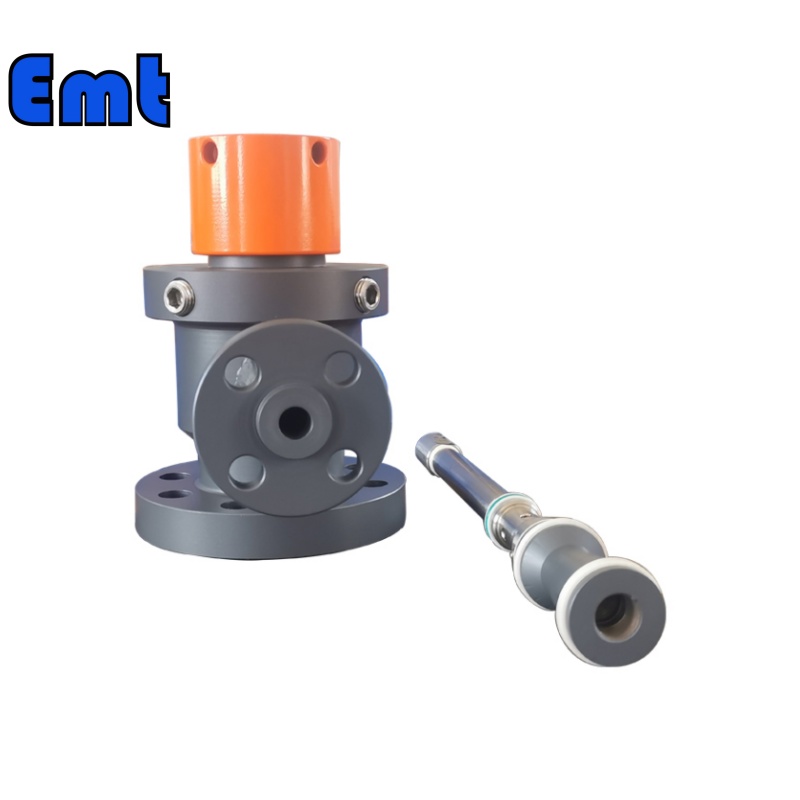

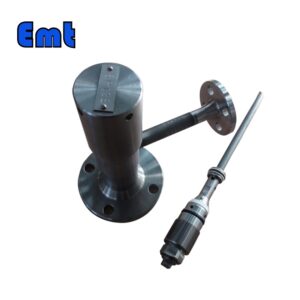
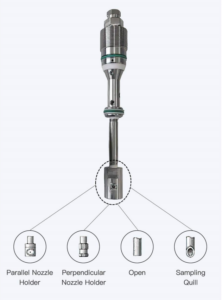
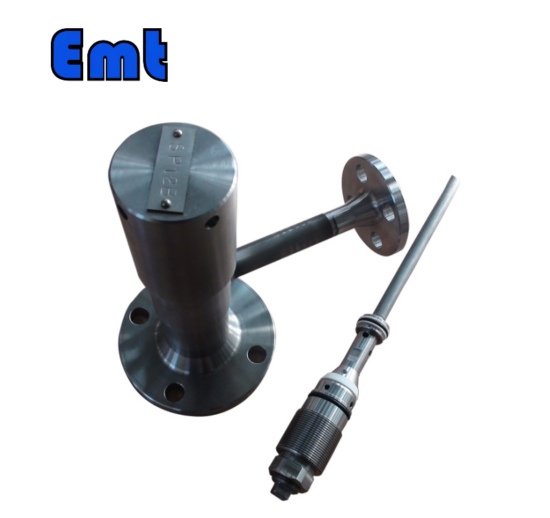
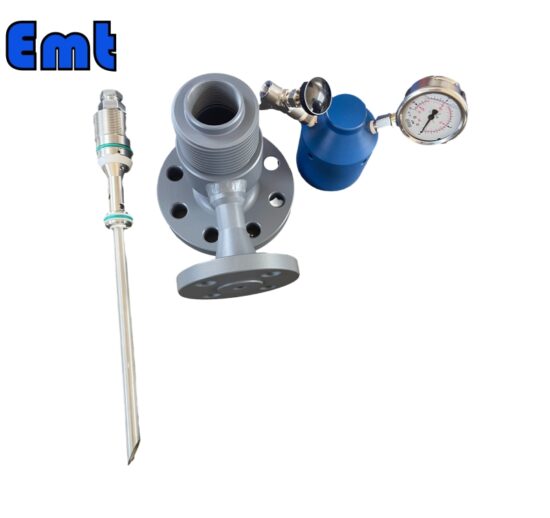
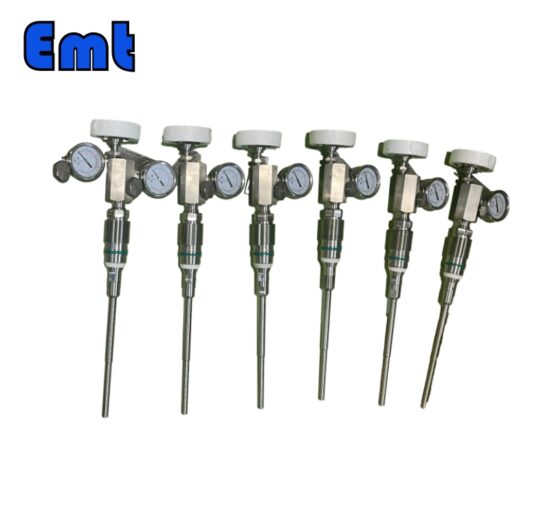
There are no reviews yet.